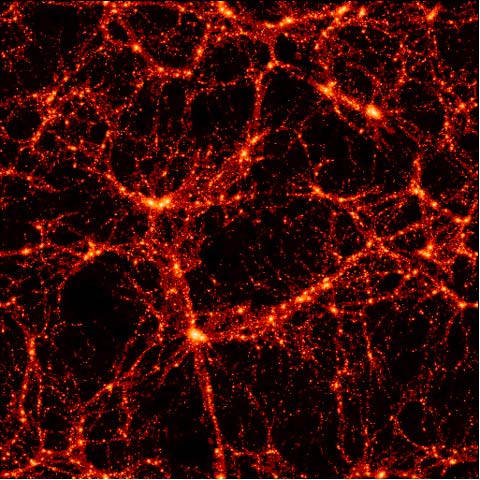
June 3, 2020
There is no emptiness in the Electric Universe.
According to a recent press release, astronomers are puzzled by the extent, as well as its lack of galaxies, in what is deemed the largest “void” yet discovered. The void is approximately 2 billion light-years in diameter, as astronomers measure distance, and it is within that cosmic bubble that the Milky Way galaxy is said to reside. The problem is, such a structure should not exist. The Keenan, Barger, Cowie (KBC) void contains far too little matter for its size.
The Universe is theorized to be a certain age. As the scientific consensus thinks, all matter and all energy came into being during the Big Bang. Based on its theoretical expansion rate, the Universe should create various formations at different times. The problem with the empty regions, like KBC, is that gravity has not had enough time to pull matter into bounded “bubbles” with empty centers.
About 15 years ago, astronomers discovered that remote galaxies seemed to indicate the Universe is expanding faster today than it did in the past. Such anomalous redshift observations threatened Big Bang cosmology, so the existence of “negative pressure” on gravitational fields was proposed. Negative gravity ideas flew in the face of most theories, so the accelerated expansion was later amended to “dark energy”, because it cannot be detected with any instrument, only inferred.
Instead of accepting that observational “anomalies” exist because the Big Bang theory is faulty, astronomers resort to theoretical addenda, such as the questionable idea that space can be pulled, twisted, or stretched. In a previous Picture of the Day, astrophysicists from the University of California were quoted as saying,
“The Universe is made mostly of dark matter and dark energy and we don’t know what either of them is.”
From the perspective of Electric Universe theory, it is electricity that drives galaxies and their associated stars. Laboratory experiments confirm that Birkeland current filaments form structures that resemble spiral galaxies. Birkeland currents have a longer-range attractive force than gravity by several orders of magnitude, diminishing with the square root of the distance from their current axes. That powerful electromagnetic attraction could also account for the movement of stars near the Milky Way’s core, as well as the acceleration of galaxies in deep space. Birkeland currents are the strongest long-range attractors in the Universe.
As physicist and Electric Universe pioneer, Hannes Alfvén said:
“I have never thought that you could obtain the extremely clumpy, heterogeneous universe we have today, strongly affected by plasma processes, from the smooth, homogeneous one of the Big Bang, dominated by gravitation.” (From A. L. Peratt, “Dean of the Plasma Dissidents”, Washington Times, supplement: The World and I, May 1988).
Stephen Smith
The Thunderbolts Picture of the Day is generously supported by the Mainwaring Archive Foundation.












